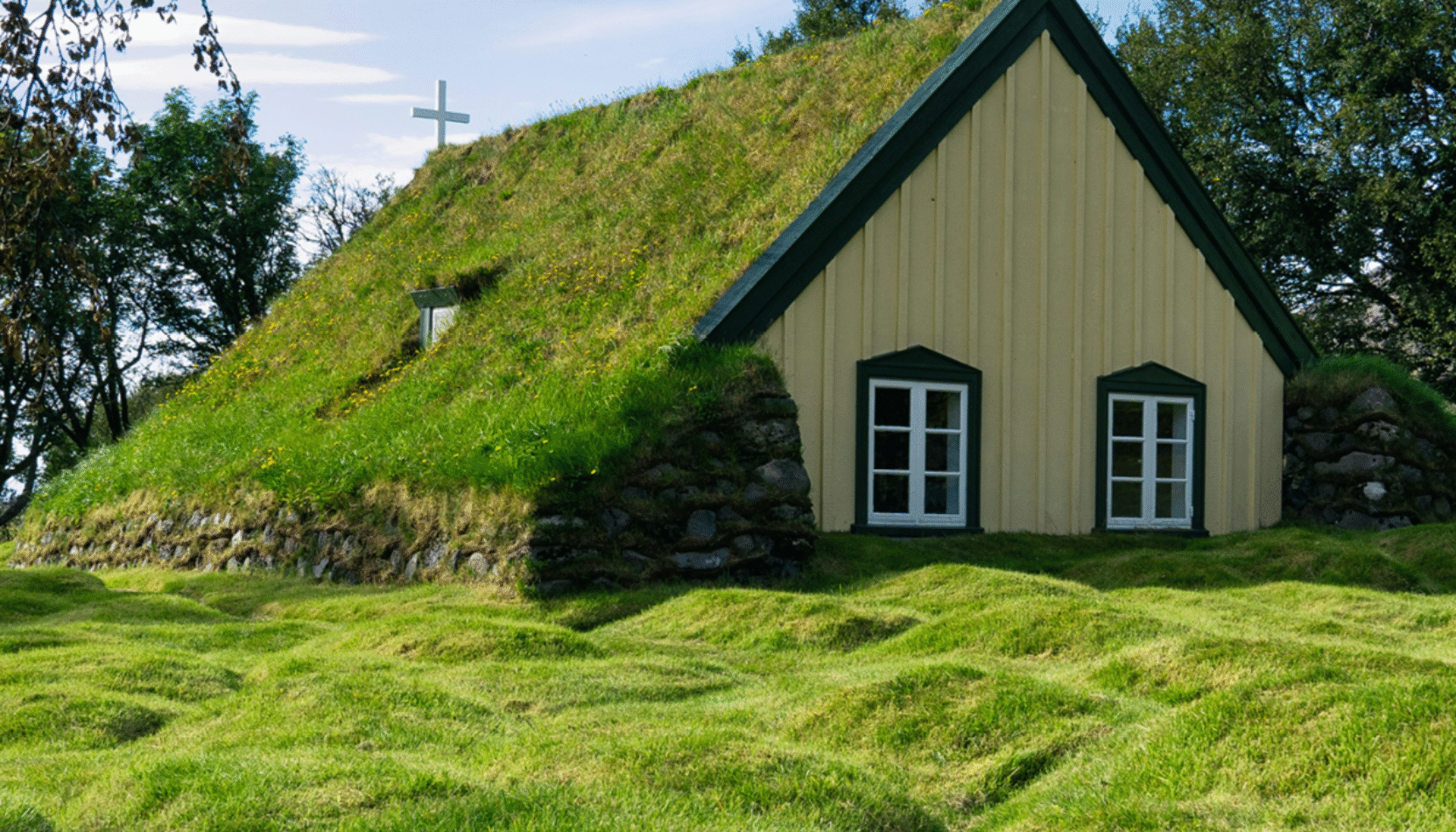WHAT IS THE BEST ROOFING MATERIAL FOR HOMES?
A property’s roof is a fundamentally important part of the structure, and the choice of materials used to cover it is key. The roof material also serves several functions. As a protective covering for your home, the roof material has to contend with the vagaries of the British weather – that means resisting rain, wind, frost, hail and sun.
Your roof also forms an essential aesthetic element of the property, adding to its character and attractiveness. Finally, and many would argue, most importantly, your roofing material choice contributes to the energy efficiency of the building, alongside your choice of insulation.
So, which is the best roofing material for UK homes, and how do you choose? As with most things, the best way is to inform yourself of the options. Take a look at the guide below from roofing expert Daniel Osbourne at MyJobQuote.co.uk and find out everything you need to know!
Clay tiles
Clay tiles have been used for thousands of years, so there’s no doubt that they do an effective job. Unsurprisingly, they are made from clay, which is a naturally waterproof material once fired in a kiln. A variety of clay types can be found around the UK, and this gives rise to differing shades and textures in the resulting tile.
Pros of clay tiles include their aesthetic appearance, durability and sustainability. The downside is that they are heavy and require the appropriate roof structure to support them. Clay tiles are used on both modern and period properties.
Slate
Just like clay tiles, slate has been used to cover roofs for thousands of years, dating back to Roman times. Today, slate remains popular as a natural and beautiful roof material, particularly Welsh slate – although the majority of slate used in the UK is Spanish due to its lower cost.
The benefits of slate are its aesthetic beauty and incredible durability. Slight drawbacks are its weight, meaning the roof needs to be strong enough to hold it, and there is also a need for professional installation.
Synthetic tiles
Many homeowners love the look of clay tiles and slate roofs, but often the costs can be prohibitive. A counter to this is the emergence of synthetic tiles, which mimic the appearance of these materials while being more affordable.
Using synthetic tiles reduces the weight on the roof structure and can imitate the look of more natural materials. However, they are not as durable as clay, slate, metal or concrete and will need to be replaced more frequently.
Concrete tiles
One of the most widely used materials for roofing tiles is concrete. Just like synthetic tiles, this material can also be used to duplicate the look of clay tiles for a more inexpensive option. They come in a range of profiles and colours, including red, grey, brown and black, but also brighter shades such as green, blue or orange.
Clearly, the main benefit of concrete tiles is the price, with versatility coming a close second. They are also frost-proof and fire-resistant. Unsurprisingly, the weight of this roofing material is a consideration, and the structure must be able to support it.
Green roof
As a popular green option, a living roof involves covering the surface of the roof with plants such as sedum. There are different types of green roofs, including extensive, which are lightweight and low maintenance, intensive for large commercial projects and a tray system, which is DIY friendly.
Green roofs absorb rainwater and provide thermal and sound insulation to the property. Of course, they also encourage biodiversity, particularly in urban areas and can be incredibly beautiful. Most, however, require installation by a specialist, which can increase the cost.
Metal roof
While metal roofs are often associated with commercial premises, there are some very popular metal roof options for domestic properties. These include zinc, copper, stone-coated steel and aluminium. Each has its own look. For example, zinc and copper develop their own patina over time, providing a distinct aesthetic.
There are many benefits to having a metal roof, including its lightweight but robust nature. It’s also a recyclable material, so it’s environmentally friendly. A drawback is that installation can be costly. There is also a need to properly insulate to prevent the property from becoming too hot or too noisy during heavy rainfall or hail.
Thatched roof
Thatch is a speciality roofing material, and many older, character properties have these roofs. Materials used range from straw and water reeds to heather and always require an expert thatcher to install them.
The obvious benefit of a thatched roof is the rustic charm and beauty – not to mention its sustainability. Different layers within the roof serve separate functions, such as providing insulation and diverting rainwater. However, this type of roofing material is only suitable for certain properties and requires regular replenishment.
Flat roofing materials
Although the majority of roofs in the UK are pitched, there are many flat roofs on homes, commercial properties, extensions and garages, and these roofs require specialist materials.
EPDM rubber
Ethylene Propylene Diene Monomer (EPDM) is a flexible, waterproof material used on flat and low-pitch roofs. It’s a very durable product, able to withstand UV exposure, rain, hail, snow and wind. EPDM is also low maintenance, with a lifespan of approximately 50 years, and is fully recyclable.
It is a slightly more expensive flat roof material compared to traditional options, but it is also designed to last a lot longer. Care must be taken to ensure that no gaps are left when laying this membrane, so professional installation is recommended.
Fibreglass roof
A fibreglass roof, commonly referred to as GRP or glass reinforced plastic, is made from polyester resin and reinforced with strands of glass fibre.
GRP roofing is relatively easy to install and very durable. Used mainly on a flat or low-pitch roof, it’s waterproof and weather-resistant. However, over time, fluctuating temperatures and weather conditions can cause the GRP to crack.
Felt roof
Torch-on felt has replaced the more traditional way of fitting this type of roofing material, i.e., applying hot bitumen. This new method is quicker and less messy, offering a material that is lightweight, durable and affordable. It’s used on houses, outbuildings and extensions, providing strong weatherproofing regardless of the shape of the roof.
Advantages of felt as a roof material are its cost, flexibility, light weight and ease of repair. However, it does need regular maintenance to check for weather damage, and repairs need to be dealt with promptly to prevent further deterioration.
MORE ABOUT THE AUTHOR… DANIEL OSBOURNE
Daniel Osbourne is a UK-based roofer with over fifteen years of experience in the industry. As a roofing expert for MyJobQuote.













